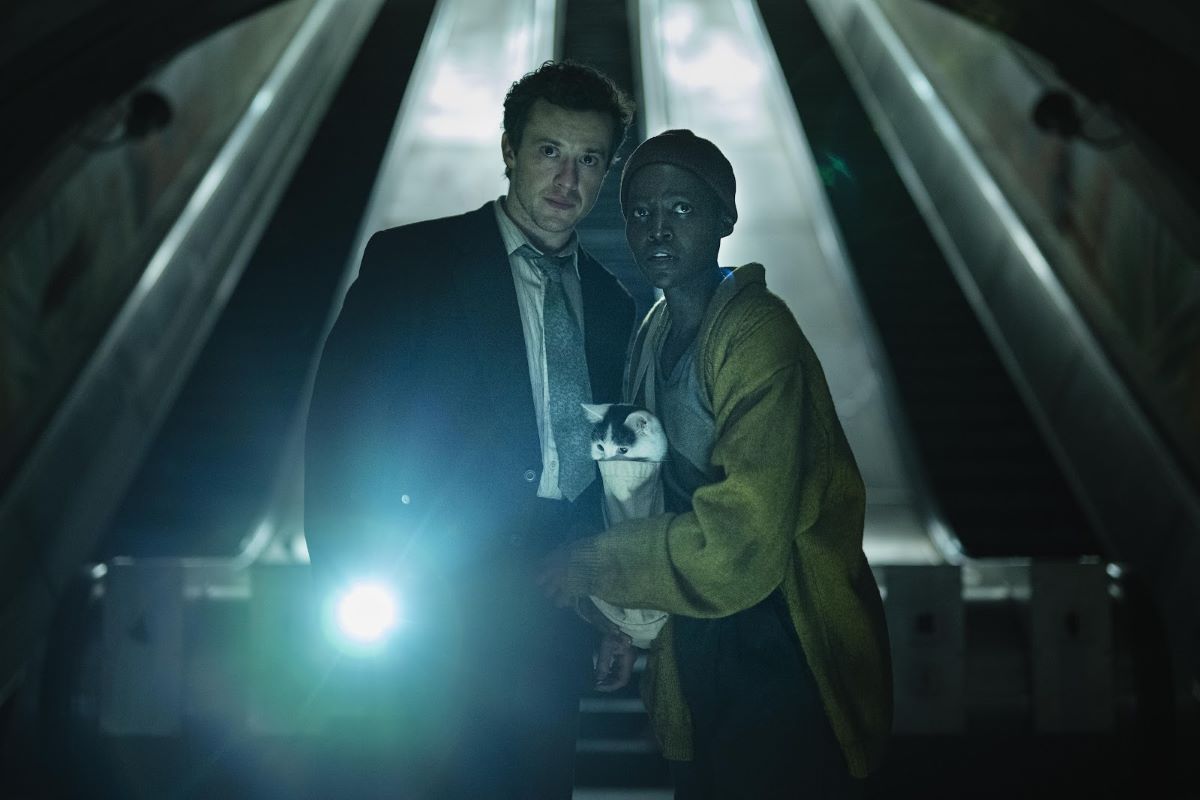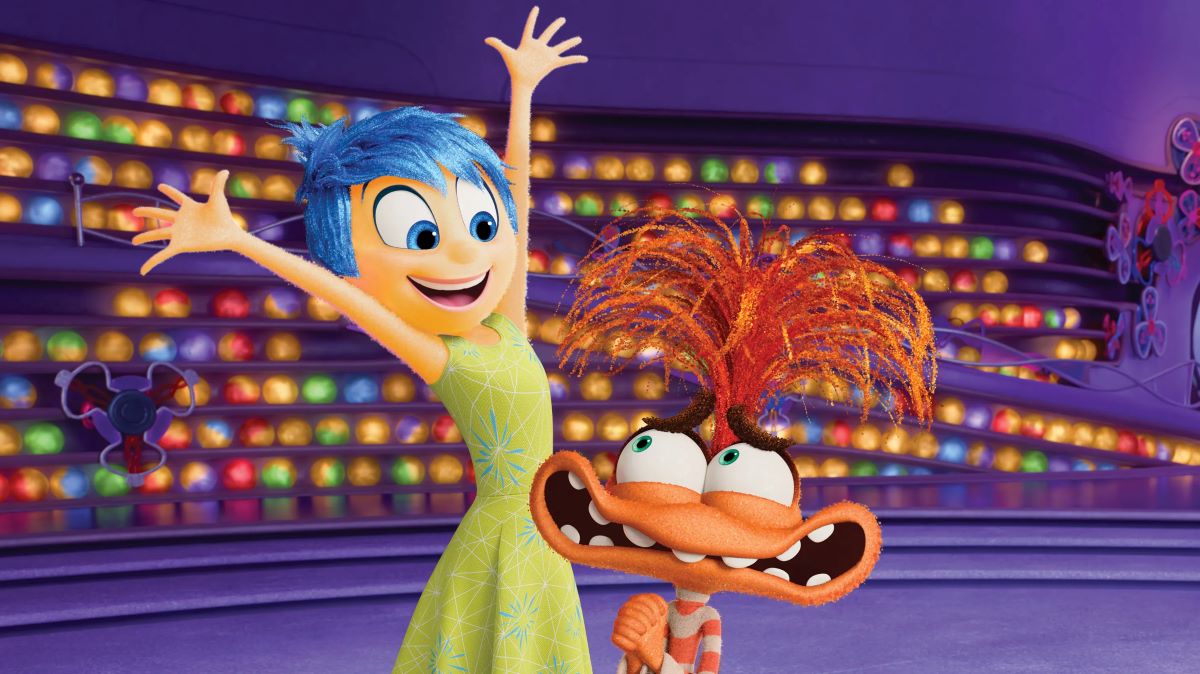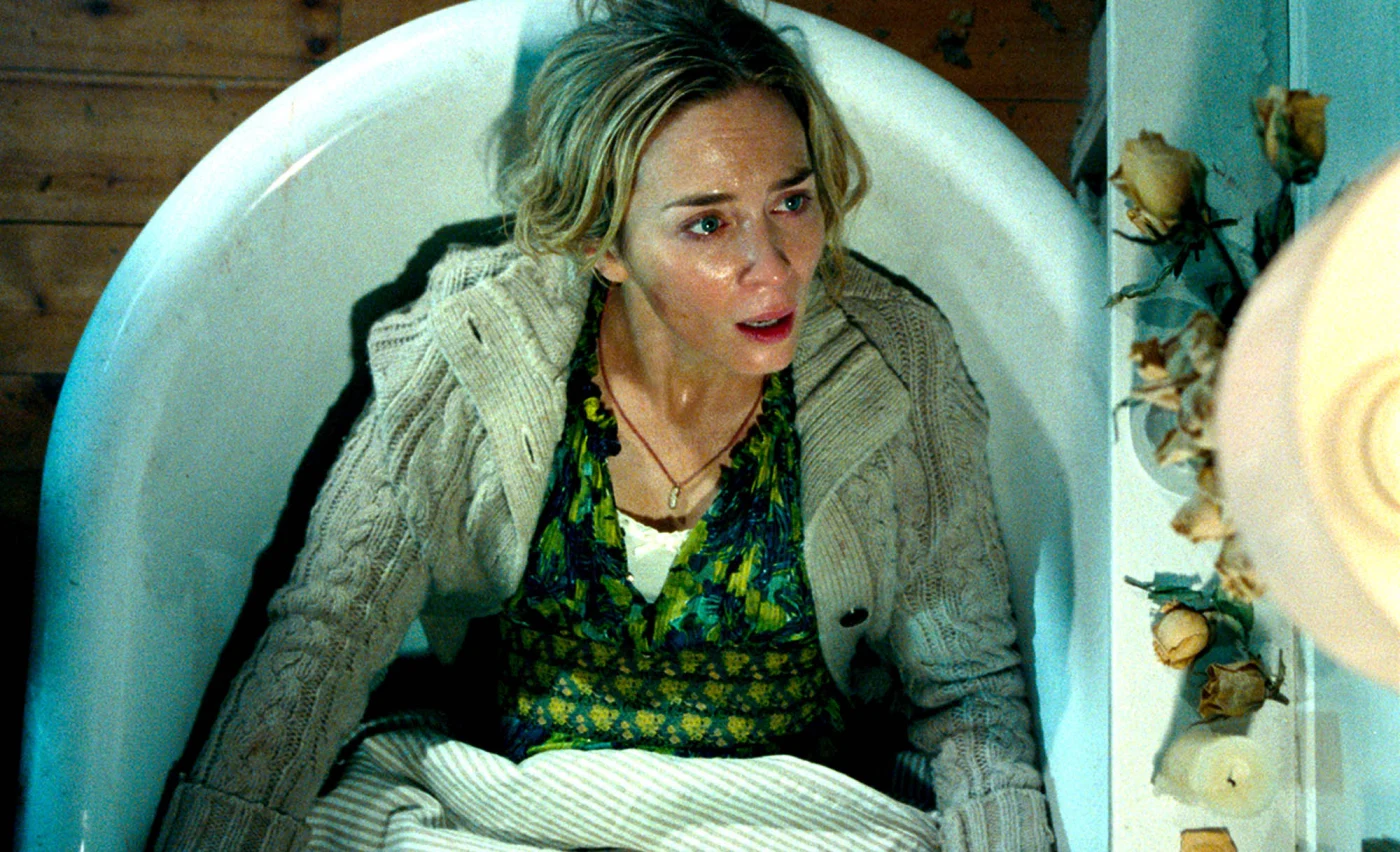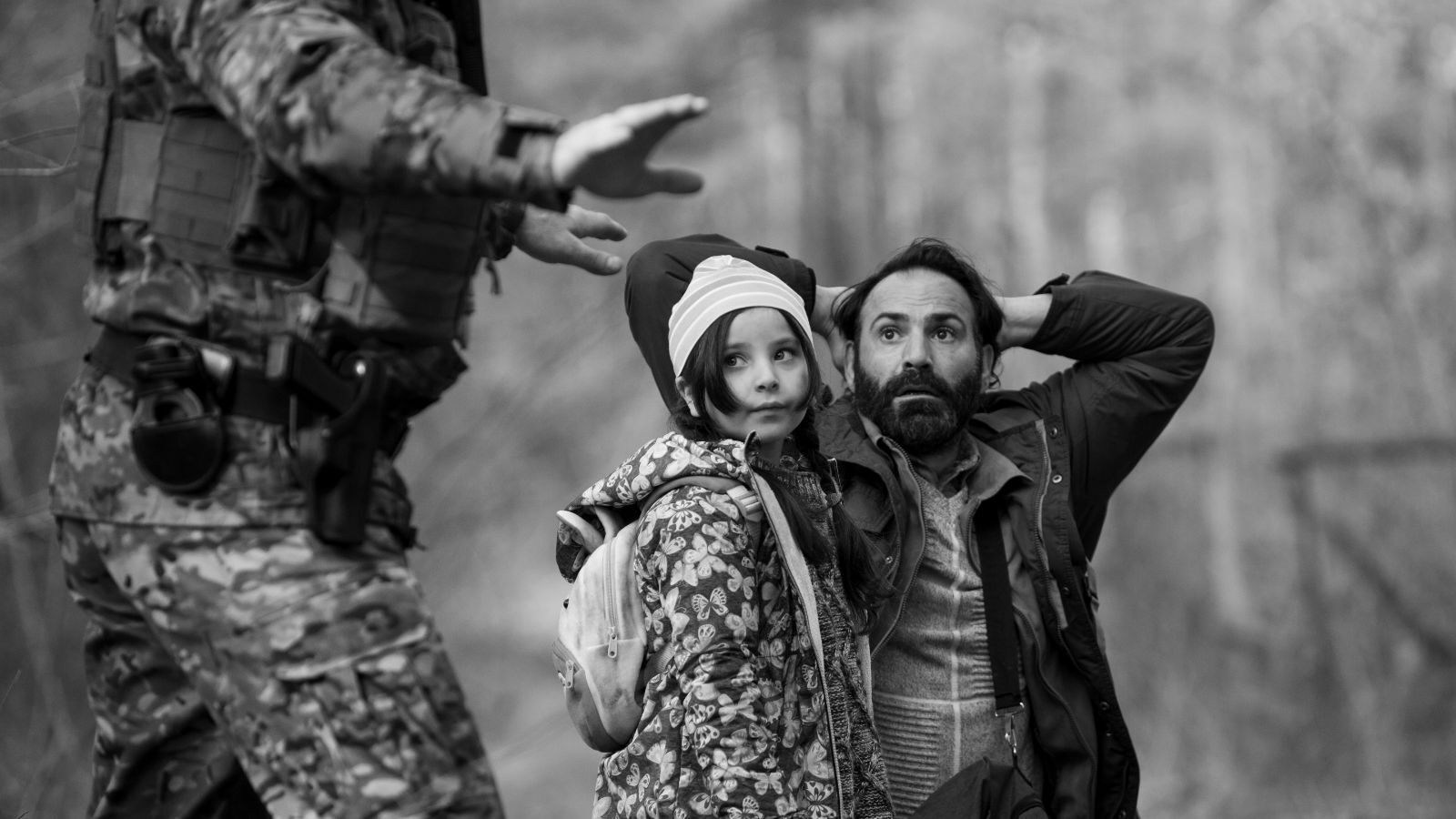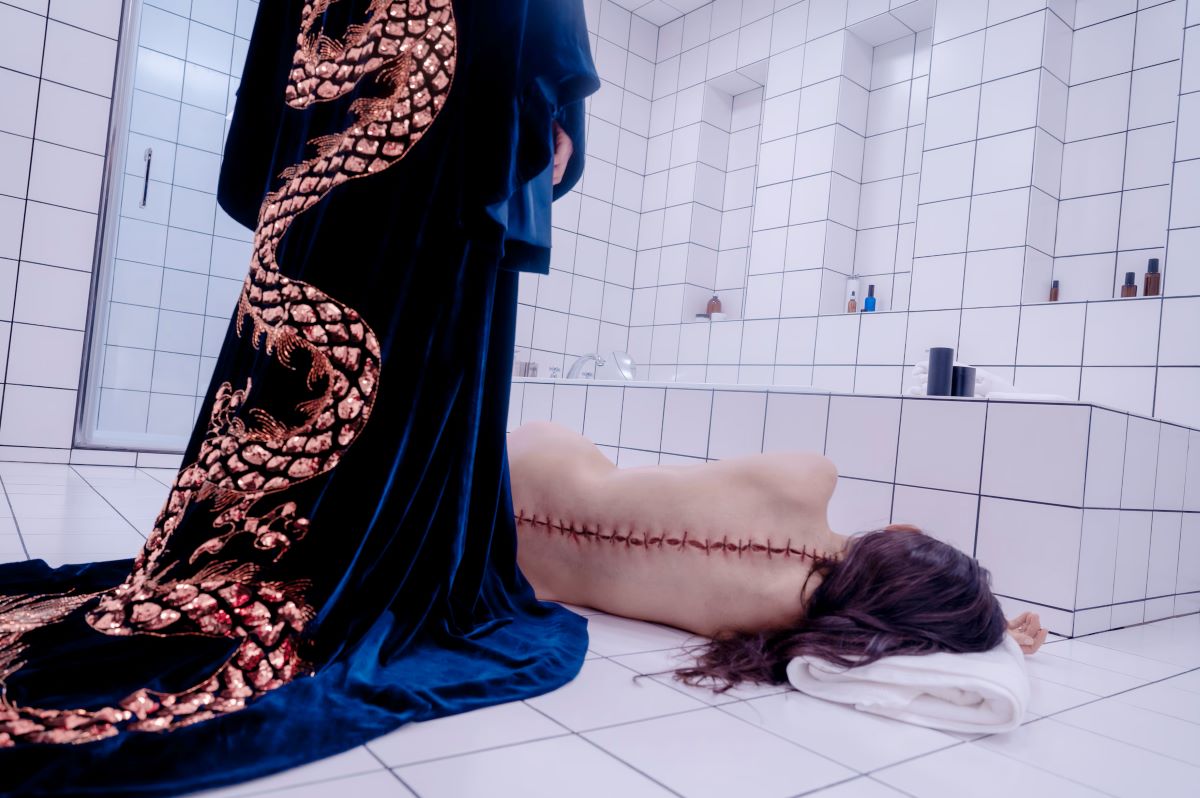A Quiet Place: Day One (2024)
Directed by Michael Sarnoski
A Quiet Place: Day One, a prequel to John Krasinski’s two-part series, is an unsuccessful blend of horror and melodrama, where a woman’s personal tragedy overshadows the battle against merciless predators now invading New York. Lupita Nyong’o delivers an excellent performance, but the cat steals the show.
The Last Day of My Life
A gravely ill woman named Sam finds herself trapped in New York during the early stages of an alien invasion by creatures with ultra-sensitive hearing. She is accompanied by her cat and Eric, a young man more terrified than she is.
The initial ten minutes of A Quiet Place Part II (2020), depicting the fateful Day One, did not prevent the creation of a full-fledged prequel. This prequel-spin-off, to be precise, sees the original A Quiet Place beginning in medias res in a world already destroyed, with a few survivors hiding in fear of monstrous, blind alien predators with hypersensitive hearing. The film was built on silence and alternative communication methods (sign language, necessitating subtitles—a rarity in American cinema). In some way, with A Quiet Place, actor-director John Krasinski, along with his wife Emily Blunt, brought horror back to its basics: silence and screams, darkness, and fear. The deadly hide-and-seek with the monster. The second chapter, less cohesive and more predictable than its predecessor, picked up exactly where the first left off—with those ten minutes of backstory added—resulting in a film that, while occasionally thrilling, felt unnecessary and short of breath. Was it worth continuing? Probably not. But, as is well known, the film industry’s trend for some time has been to reboot, to “return to the scene of the crime,” to squeeze out every bit of a successful idea, reintroducing it from a new, albeit minimal, perspective. In the case of A Quiet Place: Day One, this new perspective is that of an apocalypse seen live, faced by a woman already condemned to death by terminal cancer, who at least wants to choose how she dies. This shifts the focus towards personal tragedy and human drama. Michael Sarnoski, a young director from Milwaukee who directed Nicolas Cage in another genre film mixed with drama (Pig, 2021), is brought on to direct. Sarnoski writes and directs, while Krasinski, the creator of the saga, limits himself to producing. Unlike the first two mostly rural films, Day One is set entirely in New York, requiring more extensive use of computer graphics: not only are there many more creatures seen darting across rooftops, climbing down walls, or infesting subway tunnels, but also bridges being blown up by the army, devastated skyscrapers, and deserted streets with dizzying vanishing points depicting a world at its end. The influence of The Last of Us (both the video game and the HBO series) is strong and clear. These pure visual spectacle scenes are the film’s highlights and will at least satisfy fans of (post)apocalyptic settings. The worst scenes, however, are the dialogue ones: too many lines, whispered or otherwise, that aim to be poignant but end up being banal, despite Lupita Nyong’o’s splendid effort to bring depth and dignity to her character.
One could interpret the film by asserting that the monstrous aliens represent the woman’s personal demons, her struggle to die while still alive. The result is a kind of apocalyptic horror-melodrama that awkwardly slips into the pathetic more than once, which is not ideal for a product that should primarily elicit chills from its audience. In A Quiet Place: Day One, the tense moments are brief compared to the long, tearful interludes during which terminally ill Sam finds herself caring for a Kent law student prone to panic attacks. Watching over the two unfortunates is the woman’s inseparable cat, with its feline grace and silence, like a guiding spirit, a Maneki neko, the Japanese lucky cat. A beautiful and almost impressively talented cat, which ends up stealing the scene to the extent that one might appreciate the animal trainer more than the director/screenwriter… To be clear, the horror-drama combination is not forbidden; some examples prove this: think of George A. Romero’s wonderful Martin (1977). But it’s a treacherous mix, and mastering it is not within everyone’s reach. Finally, an unintentionally comic note: in the previous chapter, Djimon Hounsou appeared as a character without depth or backstory. He returns here, but only to bridge to the previous episode: otherwise, he receives the same treatment.
Vittorio Renzi
Quinlan, June 27, 2024

